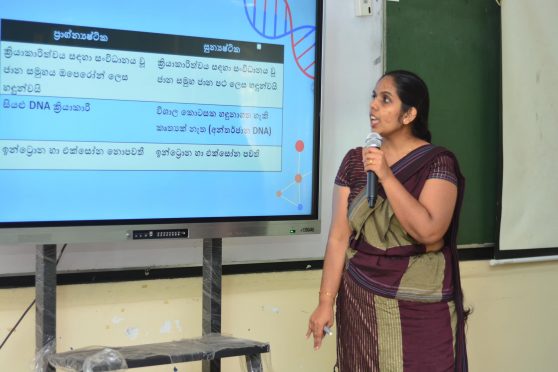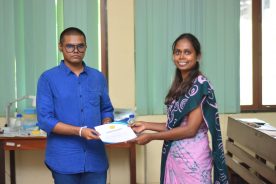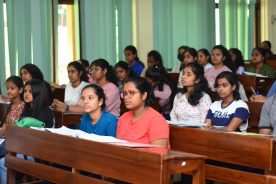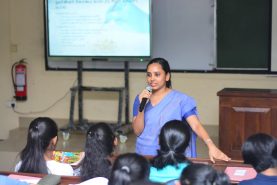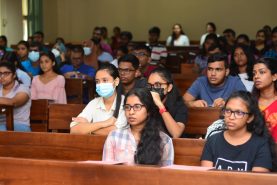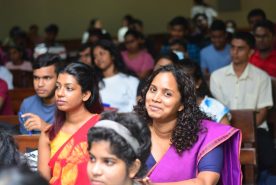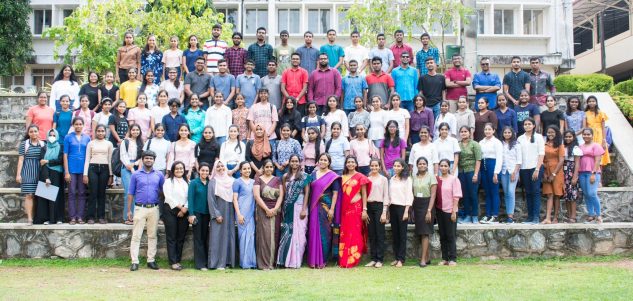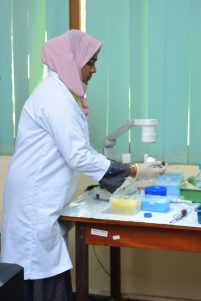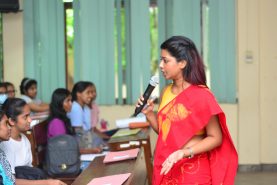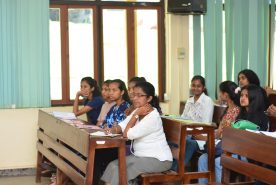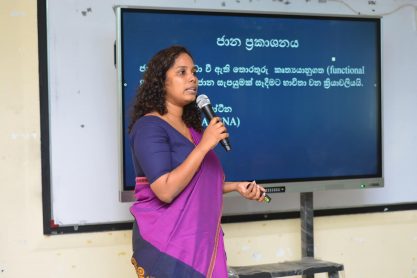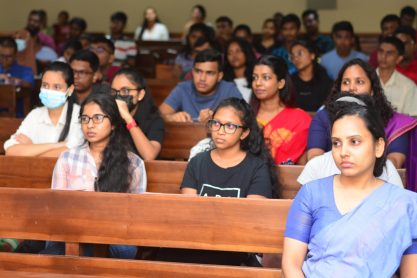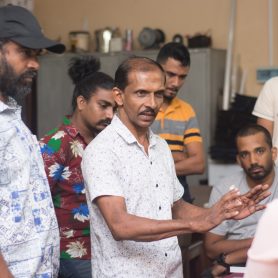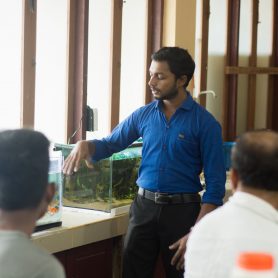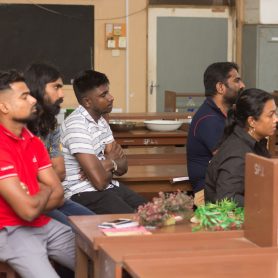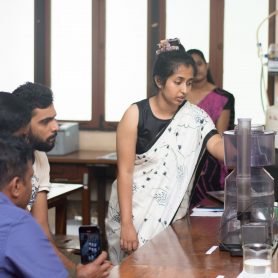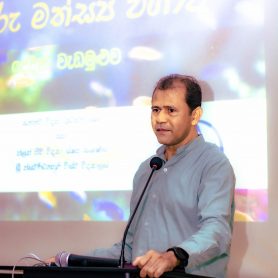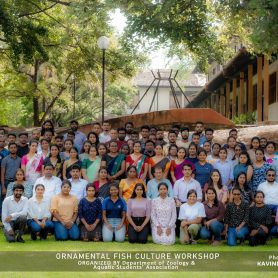Madhava Meegaskumbura; Gajaba Ellepola; Gayani Senevirathne; Kelum Manamendra-Arachchi; Nayana Wijayathillaka; Marcio Pie; Dan Sun; Rohan Pethiyagoda; Christopher J. Schneider
published in bioRxiv
Ecomorphs result from divergent natural selection, leading to species-rich adaptive radiations. Identifying ecomorphs and the resulting adaptive radiations in frogs is challenging due to conserved morphology and high species diversity. In this study, we demonstrate the ecological and climate specializations that have driven the diversification of shrub frogs of the genus Pseudophilautus in Sri Lanka, a tropical continental island. We use a time-calibrated phylogeny, morphometric analyses, and climate-niche evolution, and identify five ecomorphological categories, including Tree-shrub, Rock-boulder, Leaf-litter, Habitat Generalists, and Canopy forms, and describe their evolution. Body size is the primary factor separating species, and specific body features correlate with habitat type. Ecomorphs likely evolved multiple times in disparate lineages, and in different regions and altitudes, during cold climatic periods owing to monsoon cycles resulting from the Himalayan-Tibetan orogeny. The common ancestor was a medium-sized, wet-adapted, tree-shrub habitat specialist which originated in the late Oligocene. Extreme size classes (diminutive leaf litter forms and large canopy forms) evolved recently and suggest that morphological disparity arose late in diversification, possibly aided by favorable climates. This work will facilitate understanding of adaptive radiations in frogs, which possibly will help uncover the prevalence of subtle adaptive radiations in frogs, just as in tailed-vertebrates.



